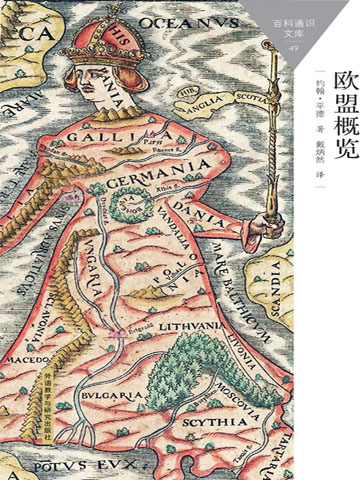英国脱欧到底什么渊源?看后就会有答案。
欧盟是如何以及为何由最初的6国发展至现在的28国,从而成为欧洲国家经济和政治利益的代言人的?欧盟的主要机构是如何运作的?欧盟在国际事务中有何影响?欧盟的明天又将如何?作者用平实的语言剖析了这些复杂的问题,带领读者走进欧盟的昨天、今天与明天。
Since the second edition of this popular Very Short Introduction published in 2007, the world has faced huge economic and political change. Showing how and why the EU has developed from 1950 to the present day, John Pinder and Simon Usherwood cover a range of topics, including the Union's early history, the workings of its institutions and what they do, the interplay between 'eurosceptics' and federalists, and the role of the Union beyond Europe in international affairs and as a peace-keeper. In this fully updated third edition, Pinder and Usherwood incorporate new material on the Lisbon treaty, the EU fiscal crisis, the state of the single Euro currency in its wake, and conclude by considering the future of the Union and the choices and challenges that may lie ahead.
- 版权页
- 前言
- 缩略语
- 第一章 欧盟是干什么的?
- 第二章 欧盟是如何建成的?
- 第三章 欧盟是如何治理的?
- 第四章 单一市场、单一货币
- 第五章 农业、地区、预算:得失的冲突
- 第六章 社会政策、环境政策
- 第七章 “一个自由、安全与公正的区域”
- 第八章 一个民事大国:是耶,非耶?
- 第九章 欧盟与其他欧洲国家
- 第十章 欧盟与世界
- 第十一章 尚算圆满,但今后如何?
- 其他参考材料
- 年表(1946-2000年)
- 名词解释
- 译后记
- 书评 写书评
- 笔记
-
书评加载中...













 京公网安备 11010802032529号
京公网安备 11010802032529号
笔记加载中...